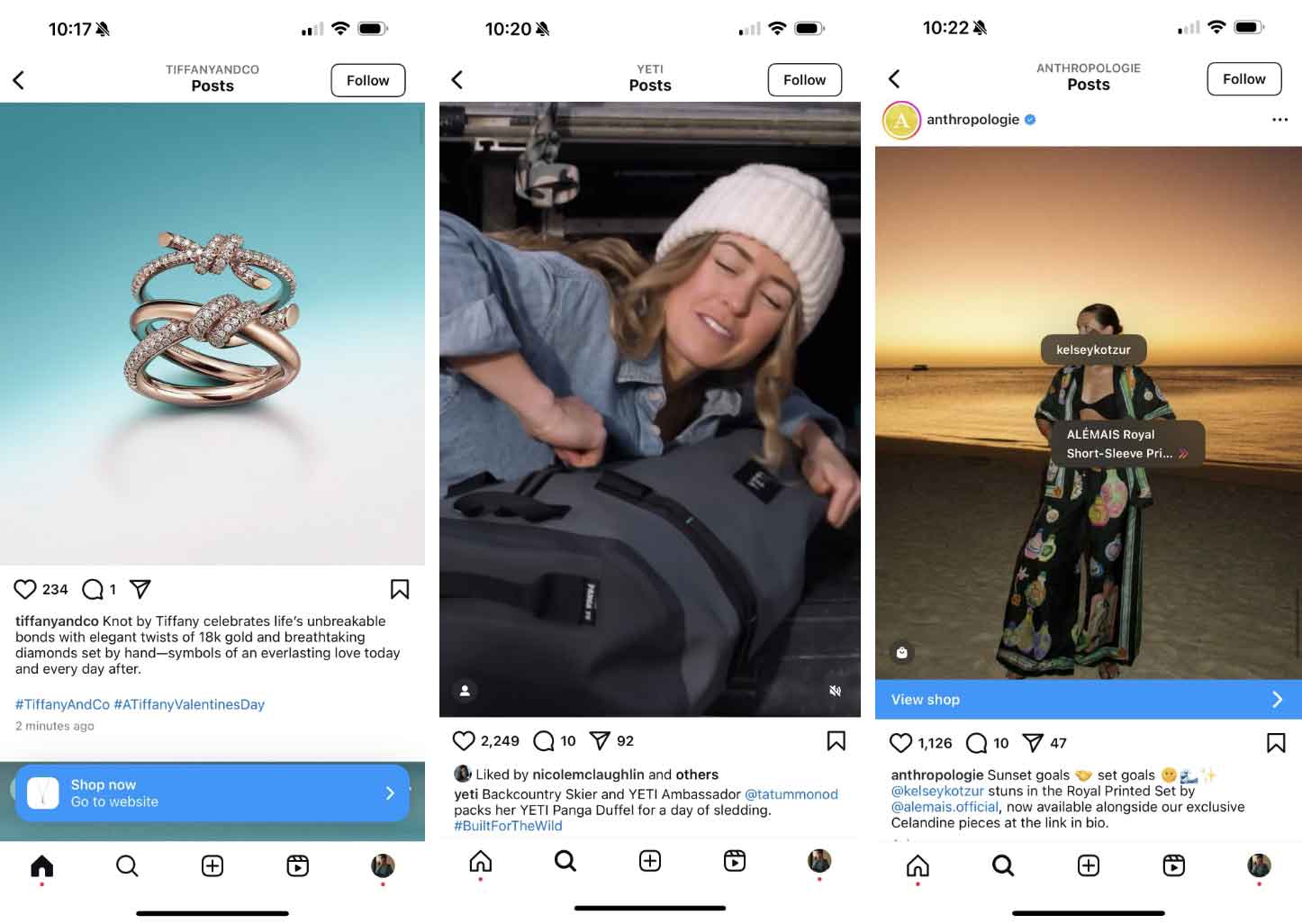Hashtags Are Still Useful – But Not the Way You Might Think
Pop Quiz: Can you name a digital media tactic that consumers and advertisers have been using pretty much the same way for almost two decades? Read the headline and you already know the answer: Hashtags.
#HowItBegan

If you’re a total computer nerd like me, you remember one of the internet’s best eras was the mIRC era (1995 – 2002). In this era, users could join communities and access information or various forms of media and files through AI chat bots that all used hashtags to categorize content. In 2006, X (formerly Twitter), started using hashtags and making them a household name, thus bringing a new, shorter and more useful meaning to the term “meta tags”.
Originally, #newyork, #football, etc. were a form of meta tags developers used to categorize web content for the purpose of boosting search engine optimization (SEO). These meta tags were propagated across the web but then exploded with growth of social media platforms.
As we all know, meta tags originated as HTML and/or coding elements that provide information about content or a webpage for search engines and website visitors. Some key meta components include:
- Meta Title (<title>): The page title shown in search engine results.
- Meta Description (<meta name=“description” content=“…”>): A brief summary of the page’s content.
- Meta Keywords (<meta name=“keywords” content=“…”>): Used to include relevant keywords – but now virtually obsolete.
#WhenItAllChanged

The advent of social media like MySpace, Facebook and X added a new dimension to these practices – specifically when Chris Messina (one of then-Twitter’s product designers) suggested using the “#” symbol on the platform to group related topics together in a tweet. His idea gained nearly immediate traction and effectively introduced the employment of hashtags across the platform. According to history, his reasoning to use hashtags was supported by how we saw it being used in mIRC.
Fast forward a few years when Instagram started borrowing a little bit of everything from everyone else. From Foursquare location check-ins and Tumbler image formatting to a variety of Facebook features, Instagram positioned itself as the best at expounding upon almost any new social media feature that emerged. Hashtags were one of the things Instagram pushed most enthusiastically as a way for consumers to engage with content and advertisers to improve engagement.
Like many trends, hashtags were proliferated by consumers, not advertisers. Advertisers just jumped on board. Early social media influencers used hashtags to push a higher follower count and overall engagement – or prove they could be clever or funny.
But humans are prone to abuse anything and hashtags were no exception. A post with 2.0K likes may have 20 questionable hashtags, while a post with hashtags that are more thoughtful and relevant may get a fraction of that exposure – because AI rewards hashtag-driven engagement.
Fortunately, I don’t believe consumers are employing nearly as many random, irrelevant hashtags anymore. For one thing, we’ve grown up. Unless you’re a paid influencer, social media is a game now based less on who can score the largest number of likes and more on presenting a time-stamped album of your life, thoughts, ideas and dreams.
#OldSchoolTagsAreDead

Hashtags started as a manual form of categorization that involved human interaction. But now that artificial intelligence (AI) has been fully integrated into most platforms – like TikTok – digital marketers can categorize their website content and social posts with AI-generated meta tags that identify the content users are viewing and engaging with most.
As a result, the manual process that developers were forced to use so their content would be discovered – and Google or Facebook could get rich – has been alleviated. The tedious exercise of coming up with those 20 perfect hashtags for your post or video description is largely a thing of the past.
#WhyUseHashtags

Back in 2022, Adam Mosseri, the head of Meta’s Instagram platform issued a post announcing that hashtags will not help you get more views of or engagement with your content.
Which begs the question: So why do humans still add hashtags? Do they still help posts and content seem more relevant?
Today, authenticity is what comes through the most – whether in consumer-generated content or advertising. While hashtags were once used as a trick to capture maximum reach, now the measure of effective hashtags is if they actually drive engagement. In fact, consumer or advertising social content can’t even contain irrelevant hashtags because AI and genuine engagement now determine if your ad or post really is what it says it is.
So, you can add hashtags to your posts or content, but unless they’re deemed relevant by the algorithms, your efforts might all be for naught.
#CommunityNotDiscovery
The traditional use of hashtags is a form of “old technology” that’s gone the way of the pager and is being discontinued by many marketing organizations. Smart advertisers and their agencies – like Modern Impact – are now using them for campaign grouping in social media instead of for the purpose of initial discovery.
In other words, we’re leveraging hashtags to identify trends, decipher how our content is being viewed and determine performance among key target markets. In fact, roughly 1-in-3 advertisers are still using hashtags, but ONLY for the purposes of campaign tracking and community management.
Like most things in life, advertising is subjective. Its value is in the eye of the beholder. With rare exception, in today’s ad climate, we’re not marketing to the masses but reaching out to specific niches. So, the hashtags we use must be more than just accurate. They also need to be authentic and convey qualities including brand personality and tone of voice to help prospective members of our “tribe” recognize and appreciate who we are.
Ironically, in following this practice, everything old becomes new again and we come back to leveraging social media according to its original purpose: Building community.



